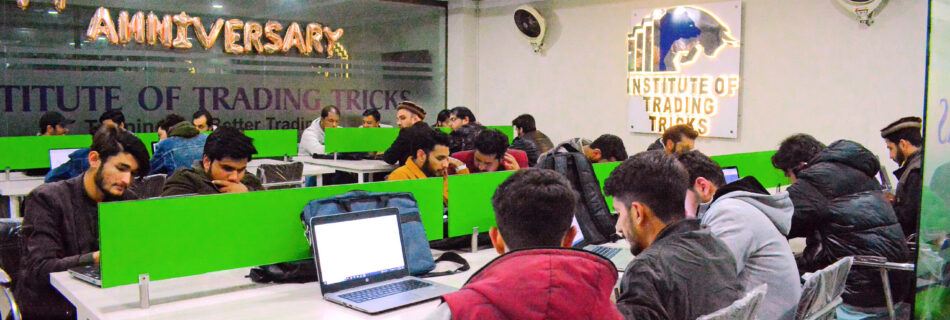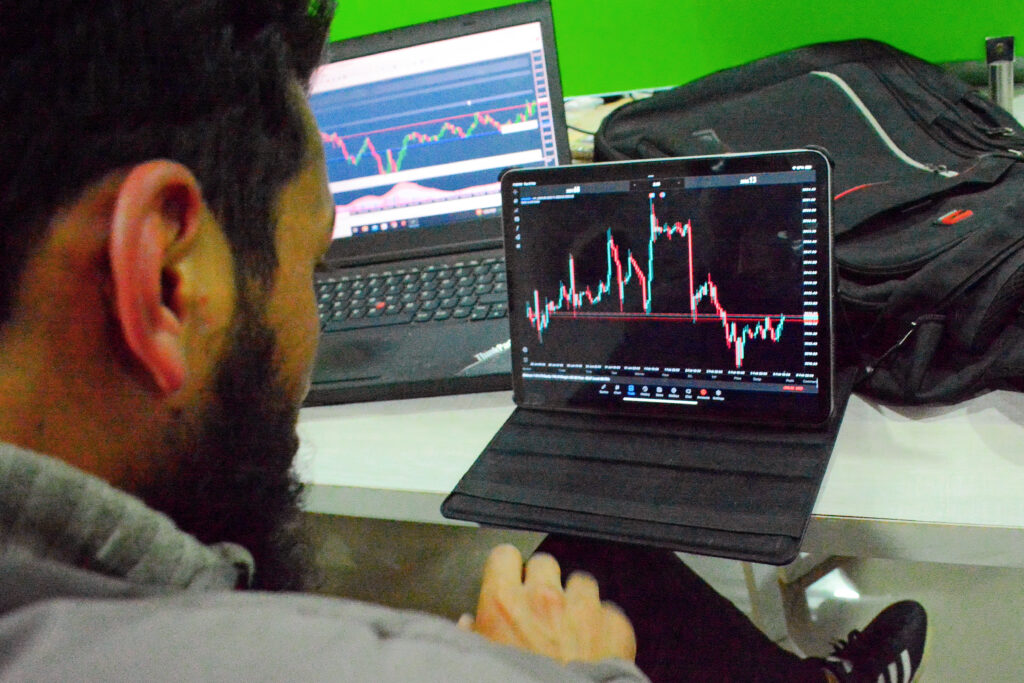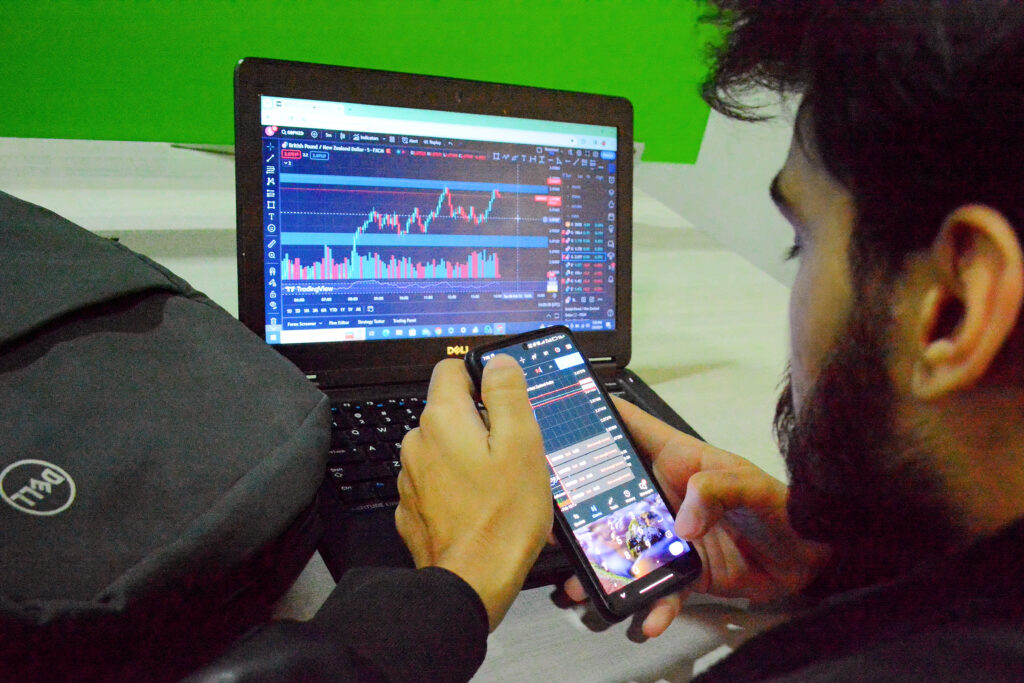Master Forex Trading with our comprehensive Forex Trading for Beginners full course. Learn market basics, analysis techniques, trading strategies, risk management, and more to trade confidently and profitably.
Forex Trading for Beginners Full Course, or foreign exchange trading, involves buying and selling currencies to profit from fluctuations in exchange rates. It operates as a decentralized global market, where currencies are traded in pairs. This dynamic market offers ample opportunities for traders to participate and grow.
Forex Trading for Beginners Full Course designed to simplify the complexities of trading. This comprehensive course starts with the fundamentals, offering a clear understanding of what Forex trading entails, its history, and the key benefits it offers to traders worldwide. It introduces beginners to the dynamics of the Forex market, guiding them through setting up a trading account, navigating popular platforms like MetaTrader, and understanding the importance of Forex regulations.
The Forex Trading for Beginners Full Course also delves into essential topics like market analysis, risk management, and trading psychology, ensuring new traders build a solid foundation. With lessons on technical and fundamental analysis, participants gain the skills needed to interpret charts, analyze trends, and make informed trading decisions.
History and Evolution of the Forex Market
The Forex market has its roots in the Bretton Woods Agreement of 1944, which established fixed exchange rates. As global economies evolved, the market transitioned to a floating exchange rate system in 1971. Today, it is the largest financial market globally, with a daily turnover exceeding $6 trillion.
Benefits and Opportunities
Forex Trading for Beginners Full Course provides access to high liquidity, 24-hour trading, and low barriers to entry. With proper strategies, traders can leverage the market’s volatility to generate significant returns.
Common Myths and Misconceptions
Some believe Forex trading is a quick way to get rich, but success requires discipline, learning, and practice. Others assume it is illegal or risky. While risks exist, proper risk management and education can mitigate them.
Understanding the Forex Market
How the Forex Market Operates
The Forex market operates on a decentralized network of banks, institutions, and individual traders. Unlike stock markets, Forex trading occurs over-the-counter (OTC), eliminating the need for a centralized exchange.
Market Participants
Key participants include retail traders, central banks, hedge funds, and brokers. Each plays a role in determining market trends and liquidity.
Trading Sessions and Market Hours
The market operates 24/5, with overlapping sessions in Asia, Europe, and the US. Traders benefit from varying levels of activity and volatility during these sessions.

Getting Started: Setting Up for Success
Choosing a Reliable Forex Broker
Selecting a broker is crucial. Look for regulated brokers with transparent fees, robust platforms, and quality customer support.
Setting Up a Trading Account
Traders should start with a demo account to practice without risk. Transitioning to a live account requires initial funding and verification.
Navigating Trading Platforms
Platforms like MetaTrader 4/5 and cTrader offer tools for analysis, trade execution, and strategy testing. Familiarity with these is essential.
Forex Regulations and Legal Considerations
Ensure compliance with local laws and trade with brokers regulated by authorities such as the SEC, FCA, or ASIC. Trading with unregulated brokers can expose you to risks.
Forex Market Basics
Understanding Currency Pairs
Currency pairs are categorized as major, minor, and exotic. For instance, EUR/USD is a major pair, while USD/SEK is exotic.
How to Read Forex Quotes
Forex quotes consist of a base currency and a quote currency (e.g., 1 EUR = 1.10 USD). The bid price indicates the buying price, and the ask price represents the selling price.
Concepts of Pips, Lots, and Leverage
Pips are the smallest price movements, while lots represent trade sizes. Leverage amplifies buying power but increases risk.
Calculating Profits and Losses
Understanding how to calculate potential gains or losses helps traders assess risk before entering trades.
Market Analysis Techniques
Fundamental Analysis
Track economic indicators like GDP, employment data, and inflation rates. Central bank decisions and geopolitical events also significantly impact currency values.
Technical Analysis
Learn to interpret charts and patterns such as candlesticks and double tops. Use indicators like RSI and MACD to predict market movements.
Sentiment Analysis
Gauge trader sentiment using tools like the Commitment of Traders (COT) report. Sentiment analysis provides insights into the overall market mood.
Risk Management Essentials
Importance of Risk Management
Successful trading hinges on limiting potential losses. Effective risk management ensures long-term profitability.
Setting Stop-Loss and Take-Profit Orders
These tools help automate trade exits, reducing emotional decision-making.
Managing Leverage
Excessive leverage can lead to significant losses. Use it cautiously.
Diversification Strategies
Spread your investments across currency pairs and strategies to minimize risk.
Trading Strategies for Beginners
Scalping
This strategy involves quick trades to capitalize on small price movements.
Day Trading
Day trading requires closing all positions by the end of the trading day to avoid overnight risk.
Swing Trading
Swing traders hold positions for days or weeks, capitalizing on medium-term trends.
Position Trading
This long-term strategy is based on in-depth fundamental analysis.

Mastering Trading Psychology
Managing Emotions
Fear and greed are common pitfalls. Develop self-control to make rational decisions.
Building Discipline
Stick to your trading plan and avoid impulsive decisions.
Overcoming Losses
Accept that losses are part of trading and use them as learning opportunities.
Practice Makes Perfect
Using Demo Accounts
Practice in real market conditions without risking real money.
Learning from Simulated Trades
Refine your strategies and identify weaknesses in a risk-free environment.
Transitioning to Live Trading
Start small, gradually increasing position sizes as confidence grows.
Building a Personal Trading Plan
Setting Realistic Goals
Define achievable objectives and timeframes.
Planning Entries and Exits
Use technical and fundamental analysis to determine entry and exit points.
Keeping a Trading Journal
Track trades to identify successful patterns and areas for improvement.
Advanced Concepts
Algorithmic Trading
Explore automated strategies using pre-programmed rules.
Hedging
Protect against potential losses by opening offsetting positions.
Arbitrage
Take advantage of price discrepancies across markets.
Common Trading Mistakes and How to Avoid Them
Overtrading
Avoid excessive trading driven by emotions or overconfidence.
Ignoring Risk Management
Always have a risk management plan in place.
Trading Without a Plan
Random trading leads to inconsistency and losses.
Resources for Continuous Learning
Books, Blogs, and Forums
Stay informed by reading and interacting with the trading community.
Webinars and Courses
Engage in structured learning to refine skills.
Staying Updated
Monitor news and economic events regularly.
Closing Statement
Recap of Key Takeaways
Review essential concepts to reinforce learning.
Starting Small
Begin with low-risk investments and focus on consistency.
Ongoing Support
Leverage mentorship and trading groups to grow as a trader.

Frequently Asked Questions
1. What is Forex Trading for Beginners Full Course, and how does it work?
Forex Trading for Beginners Full Course involves the exchange of one currency for another to profit from changes in currency values. It operates in a decentralized global market, where participants trade currencies 24/5 through brokers or trading platforms.
2. Do I need prior experience to join this Forex Trading for Beginners Full Course?
No prior experience is needed. This Forex Trading for Beginners Full Course is designed for beginners, covering the basics of Forex trading and gradually advancing to more complex topics like strategies and risk management.
3. What tools or resources will I need to start trading Forex?
You’ll need a reliable trading platform (e.g., MetaTrader or cTrader), a trading account (demo for practice or live for real trading), and a stable internet connection. The course will guide you on setting these up.
4. How much money do I need to start trading?
You can start trading with as little as $10 in some cases, but a higher initial deposit, such as $100 or more, is recommended to provide flexibility in managing trades.
5. Is Forex trading risky? How can I manage risks?
Yes, Forex trading carries risks due to market volatility. However, proper risk management techniques—like using stop-loss orders, controlling leverage, and diversifying strategies—can help minimize potential losses.





